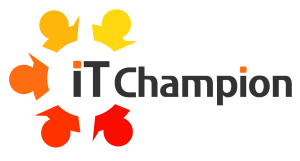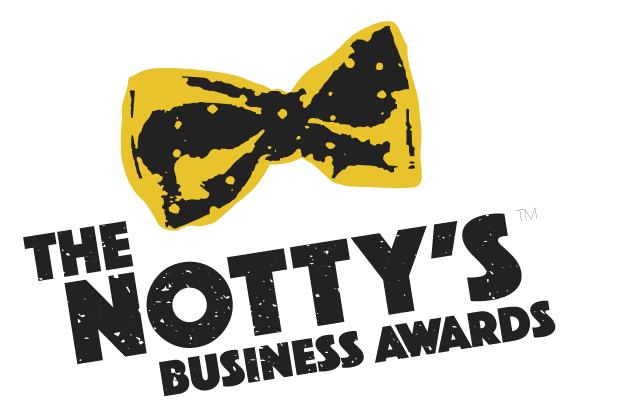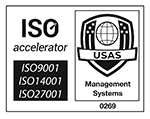As organisations move towards a more modern workplace solution, device management plays a crucial role in ensuring that it’s endpoints are secure and proactively managed.
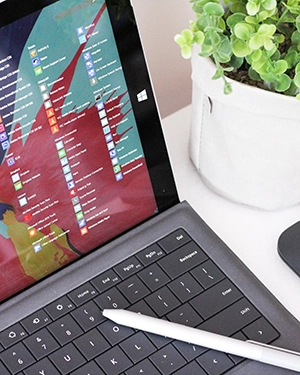
With an integrated cloud-based platform, device management provides a single point of control to update, monitor, control and enforce compliance, access, and data protection policies on employee devices.
Gone are the days when you had to rely on time-consuming, administrative in-person checks and proactive compliance and maintenance by each employee. A modern, adaptable device management solution ensures that your users connected to your IT network are secure and proactively managed, regardless of whether they use company-owned devices or their own.
By implementing an organisation-wide Mobile Device Management (MDM) strategy that meets insurance requirements and protects your data, you can accelerate the rollout of office applications, OS updates and access controls with end-to-end integration via a robust device management solution. This gives you full organisational control of company-owned and Bring Your Own Devices (BYOD) devices on your IT network, enabling you to remotely access and control how devices can access and use data, apps, and licenses. This significantly reduces heavy-admin tasks on your IT team and increases network security, supporting your remote and hybrid workforce.
Strong device management enables people within an organisation to work securely, protecting your data from whatever device they use to access work
It keeps your devices fully functional and up-to-date with a press of a button, while also giving you a full understanding of the state of your company-owned devices, applications, and licenses. This enables you to maximise the potential of your Microsoft licenses and protect your organisation’s most sensitive data.
Access controls also help protect business-critical information from becoming hacked, stolen, or misplaced. With a device management solution, devices can be remotely locked, located and wiped, reducing the risk of breaches or leaks. You can have a unified strategy and clear deployment practices of access controls, applications, and capabilities based on role and group profiles -improving your gatekeeping practices.
65%
of security decision-makers report that investing in security increases efficiency: it frees up teams to work on other projects, promotes business continuity, and safely enables end-user productivity.
Microsoft Security Signals Research Learnings Report
Device management also offers real-time reports and analysis on one screen, allowing you to view how your organisation and users are using devices and actively monitor the health and activity of your endpoints.
Reports include device health, compliance, and trends, giving you valuable insights into how your devices are being used.
A modern workplace embraces employee adaptive work expectations, enabling employees to work securely from wherever they choose, while also automating consuming IT tasks and streamlining workflows. Onboarding, offboarding, updating, and deploying can be automated and streamlined, bringing efficiency, and freeing up time to spend on larger business goals.
With instant remote access to revoke, adjust and limit access depending on location, backed with added security such as Multi-Factor Authentication (MFA), you can ensure greater protection of your network. A device management solution is also scalable for growing organisations, making it easy to manage when you have the right strategy, policies, and platform.
In conclusion, device management is essential to any modern workplace solution.
It provides a single point of control to manage, monitor and secure your organisation’s endpoints, enabling you to embrace digital transformation at a device level. With device management, you can improve network security, gatekeeping practices, and employee experience while also reducing the risk of breaches or leaks. It’s time to implement a device management solution and take your workplace to the next level.
